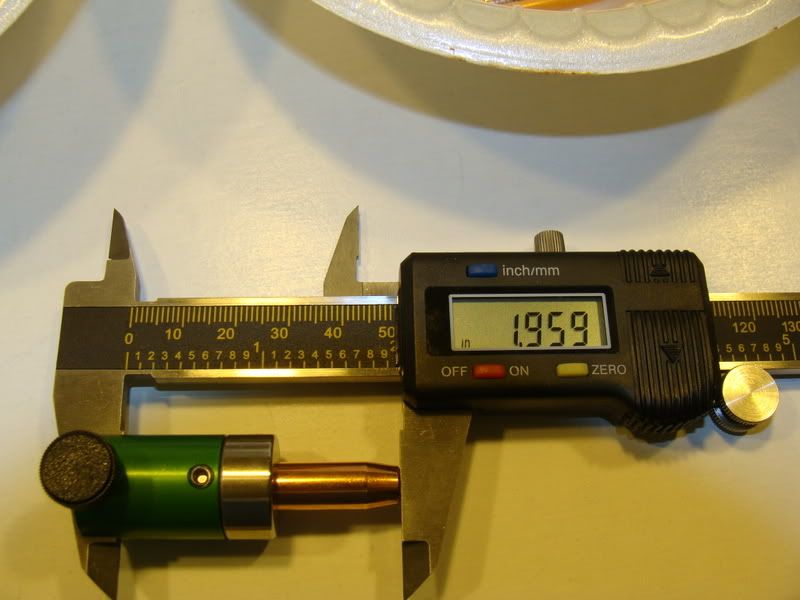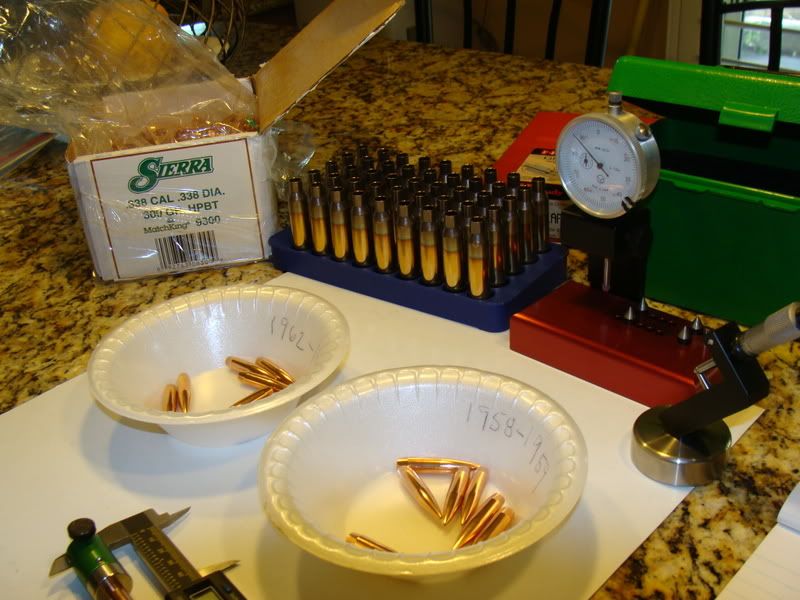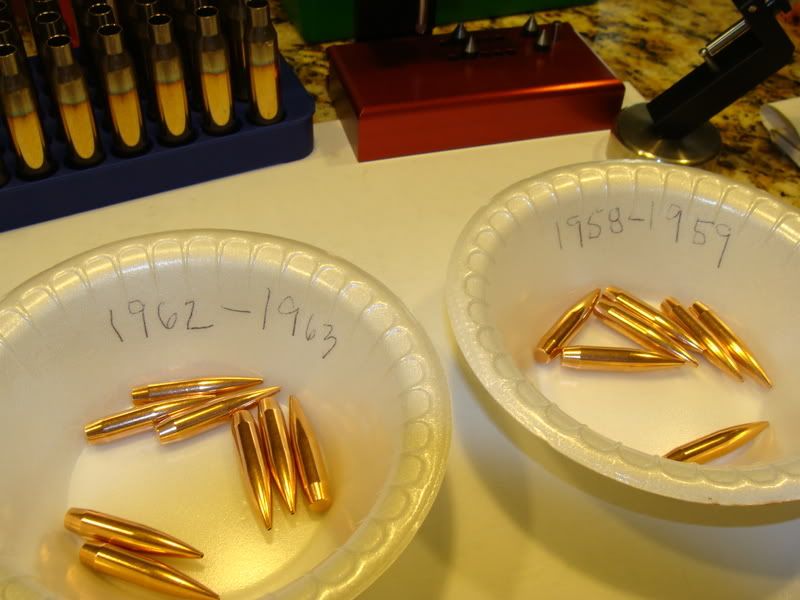hunter1276
Beginner
- Jan 24, 2012
- 63
- 0
i prolly spelled that wrong......... oki have read alot on this to get so far from rifling use stoney creek, hornady, rcbs etc. also split case neck insert bullet on trimmed case and candle it to load and adjust to get ogtive so far from rifling SINCE bullets vary and coal can be touchy measuring from base to tip of bullet would this work ............. please bear with me ........ ok use a casing timmed and ready to load bullet your using for the load, drill out the primer so my calipaer depth will fit load the bullet with a snug fit and slowly close bolt and latch. remove the "shell" measure the INSIDE from base os brass thru pimer hole to the bottom of the bullet. reset and do it twice more to make sure its correct and account for varieance "if any" then subtract desired distance from rifling say 50 for example set die using the mock shell. would measuring the inside to base of bullet work to get ogtive distance? once again be gentle lol hard to explain but this part is a pain in butt so many ideas on this.







